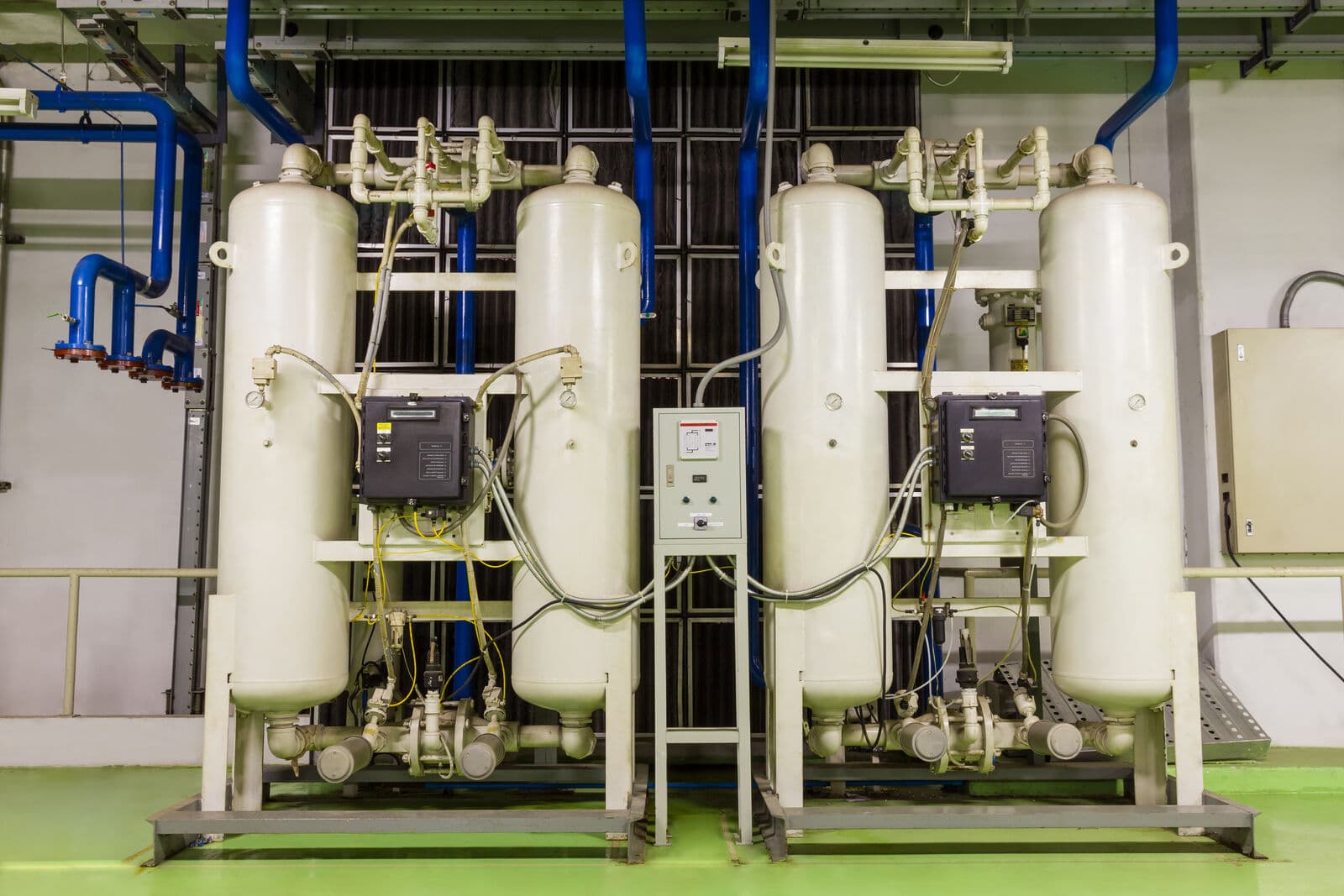Alternative Safety Approaches

Safety Alternatives for Owners and Operators of Regulated Equipment
An Alternative Safety Approach or ASA provides a variance to existing regulations, codes or standards. This is done by approving a safety management system or plan that details alternative methods to achieving an equivalent or superior level of safety.
Alternative Safety Approaches Regulation
The Alternative Safety Approaches Regulation allows more flexibility in how owners and operators manage safety in their facilities. The Safety Standards Act was changed in response to concerns from safety partners regarding the prescriptive nature of many regulations. With the changes, owners and operators may now:
- Streamline the approval of new and innovative technologies;
- Use alternative approaches where prescriptive regulations are perceived to be a barrier to trade and investment; and
- Adopt and implement best practices for managing safety as established in other jurisdictions.
We accept two types of Alternative Safety Approaches (ASA):
- An Equivalent Standard Approach (ESA)
This typically involves only one technology and requires a “like-for-like” substitution of prescriptive regulatory requirements with an alternate regulation or code to provide an equivalent level of safety.
- A Safety Management Plan (SMP)
This may include multiple technologies and involve the replacement of specified prescriptive regulatory requirements with detailed, comprehensive safety management systems. An SMP is mandatory for exemptions related to permitting, licensing, or qualification requirements.
Sectors that currently take part in the ASA program include:
- Oil and gas
- Liquified Natural Gas (LNG)
- Propane
- Bioenergy
- Electrical generation
- Manufacturing
- Public institutions (e.g. schools and recreation centers)
Clients in the ASA program take on increased responsibility for the safety of their regulated equipment and regulated work performed by employees and contractors.
ASA Audit
We monitor the implementation of ASA through a variety of oversight tools to assess client performance and the effectiveness of an ASA program. ASA audits and site inspections form a major part of our oversight to confirm that the client is maintaining their plan in compliance with regulations, and that they are proactive about safety.
Two types of audits are performed by the ASA program:
- Registration audits are performed to assess a client's readiness to implement their alternative safety approach.
- Conformance audits are performed to assess the degree to which a client is effective in implementing the alternative safety approach.
Audit findings for sites operating with an accepted ASA are rated as “Effective”, “Effective, except for”, and “Not Effective” according to the following:
| Effective | Processes and/or controls are adequate, appropriate, and effective to provide reasonable assurance that risks are being managed. |
| Effective, except for | Processes and/or controls are adequate, appropriate, and effective to provide reasonable assurance that risks are being managed, however, there are deficiencies that need to be addressed by management. |
| Not Effective | Processes and/or controls are adequate, appropriate, and effective to provide reasonable assurance that risks are being managed. There are a number of critical and high-risk deficiencies that need to be addressed by management. These deficiencies have a significant impact on operations. |


